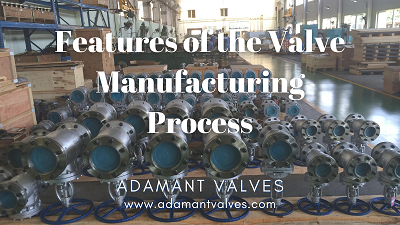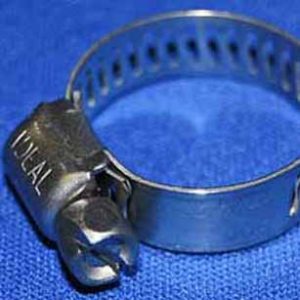Features of the Valve Manufacturing Process

Valves seem like fairly uncomplicated equipment in the machinery industry, right? They simply open and close to start and stop the flow of fluids and other mediums. They must be fairly easy to manufacture, right?
When you take a closer look, you’ll find that every residential and industrial pipeline system would immediately fail without functioning valves, leading to floods, environmental disasters, and collapsing supply chains. Our society and economy truly depend on valves of all types to prevent these catastrophes. For these reasons, manufactured valves undergo rigorous regulation and testing before installation, ensuring they’ll function safely and dependably.
Contrary to what you might think, valve core sealing components have complex requirements to ensure proper performance and longevity. In fact, the valve manufacturing process is complicated and technically sophisticated, especially the stainless steel sanitary valves used in food and drug production lines. There are many obstacles and difficulties to overcome throughout the process of valve manufacturing. If you’re curious about how sanitary valves are made, we’ll break down the sanitary valve manufacturing process into three comprehensible points.
How are valves manufactured?
1. The complex valve blank manufacturing and inspection process
Valve castings are formed by heating metals to thousands of degrees Fahrenheit, at which point they melt into liquids. The liquid metals are poured into molds, where they cool and take the shape of a specified valve.
Valve cast blanks are structurally complex, thin-walled shell parts. Valve casting blanks are required to have a smooth surface, a clear character casting, and integral density. In order to meet the above requirements, a series of processing measures should be taken during casting, such as the selection of high refractory molding material and the control of sand moisture, the layering during molding to ensure the hardness of the sand, the use of reasonable casting cap systems and strict control of pouring speed and temperature. Due to its high technical requirements, the casting process of the valve blank is far more complicated than that of general castings.
The finished valves are initially inspected for proper size, position accuracy, and appearance. Then, they are inspected more closely for microstructure, mechanical properties, corrosion resistance, and non-destructive probing. Even the valve inspection, testing process, and quality assurance steps of manufacturing are rather complicated and exhaustive.
2. Valve Installation on Machine Tools
The structure and shape of the main parts of the valve are very complex. Some parts are thin-walled and slender, with poor rigidity. When they are machined with industrial tools, positioning and clamping can be very difficult, and complicated special fixtures are often needed.
For some sanitary valve parts, the positioning base has low accuracy and high surface roughness. Sometimes even non-machining surface positioning is used. But there are very high requirements for the accuracy and surface roughness of the processed sealing surface, so it’s very hard to ensure the processing quality. Therefore, to meet the processing needs, it is often necessary to increase the accuracy of the positioning base and reduce the surface roughness, or to produce a positioning surface on a non-processing surface, which only increases the complexity of the valve manufacturing process.
3. Complex Mechanical Processing
Due to the wide variety of valve materials, except for various cast iron and carbon steel, the shearing performance of most high strength, corrosion-resistant, and high-hardness materials is very poor, making it difficult to achieve the specified machining accuracy and surface roughness. And there are very high requirements for the geometrical precision and surface roughness of the sealing surface of the valve, so it’s even more difficult to perform mechanical processing on valves. Meanwhile, the poor shearing performance of valve materials causes quite a few new problems for the processing methods, cutting tool materials, excessive shearing, and valve processing equipment.
Conclusion — Essential Valve Manufacturing
Valve manufacturing is not as simple as we thought. There are several complex issues to overcome when building a capable and dependable valve. The high requirements for valve sealing during the manufacturing process ensure that it is not prone to leakage during use. These critical pieces of equipment are truly essential to manufacturing, storing, and transporting a massive number of products across our economy. If you want to learn more about how valves are made, please visit Adamant Valves for more information.





